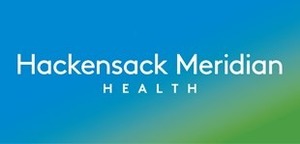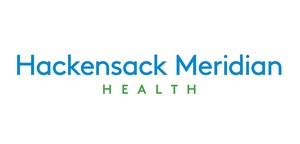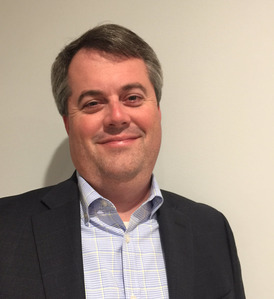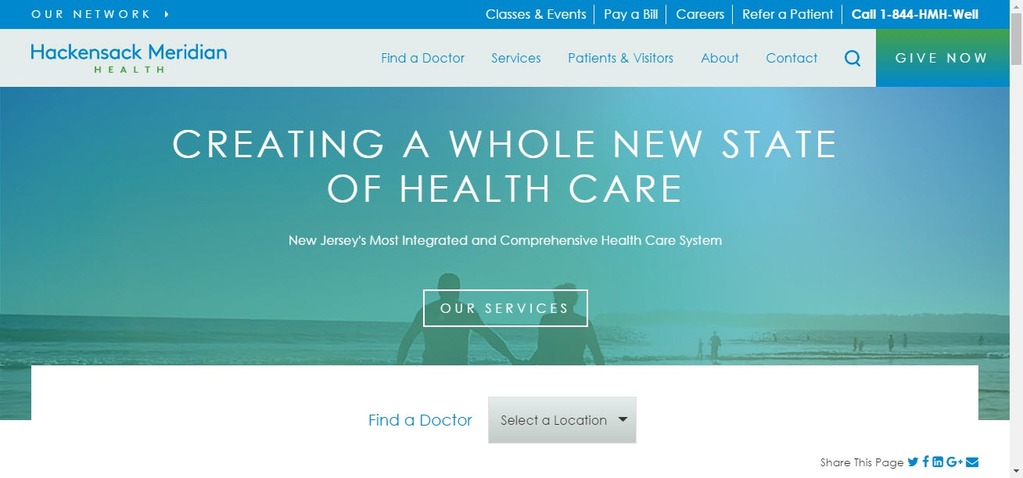Merger of Two New Jersey Organizations Creates New State of Health Care
// By Lisa D. Ellis //
 When two health care organizations in New Jersey merged to create one larger, more comprehensive system called Hackensack Meridian Health last summer, there were many opportunities and challenges.
When two health care organizations in New Jersey merged to create one larger, more comprehensive system called Hackensack Meridian Health last summer, there were many opportunities and challenges.
For instance, the CEOs of both legacy organizations decided to share the top leadership role in the new system, pooling their wealth of experience to guide it to success. While having co-CEOs is a relatively unusual operating strategy in the health care world, it certainly isn’t unheard of in business. But it does mean that there are two different viewpoints to consider when it comes to making top decisions.
There are also now two teams of staff members with different ways of operating and different target audiences with different interests and concerns, which requires the marketing and communication departments to come together to establish new, more strategic goals to serve a broad 100-mile region in the very fast-paced and competitive area between New York City and Pennsylvania as well as a limitless service area for quaternary care.
But luckily, none of these factors has been a real stumbling block for Hackensack Meridian Health in the six months since the new network was formed. It has just required strategically blending of the best of both systems into one even stronger model, according to Ryan Younger, Vice President of Strategic Marketing for Hackensack Meridian Health.To this end, Younger says one factor that has certainly helped make this possible is that both of the legacy organizations have an equal voice and representation. For instance, both CEOs share the leadership decisions 50-50, and both organizations brought the same number of representatives to the Board of Trustees so they would start off on equal footing. And both organizations’ communications teams have a chance to add their unique perspectives. That being said, as part of integrating the two systems together, the staff has had to work hard to find just the right messaging and brand identity that represents the entire spectrum of efforts that now fall underneath a wider umbrella.
Building on Strengths
Younger points out that prior to the merger, Meridian Health originally served a two-county area with eight hospitals and a full continuum of care—including home health, assisted living, fitness centers, and ambulatory care sites—while Hackensack University Health Network had four hospitals and a strong reputation as a high-quality, academic medical center. The latter had more of an emphasis on being a premier hospital, he adds.
By bringing both systems together, the result is a broader network that makes many more services available for a larger population without sacrificing on the quality provided.
The new organization features a total of 13 hospitals, which includes two academic medical centers, as well as physician practices, 120-plus ambulatory care centers, surgery centers, home health services, and long-term care and assisted living communities.
And while the logistics have gone relatively smoothly in the first six months, any blended organization faces the challenge of figuring out how to rebrand the new system and how to create an environment where both teams feel like valued participants. In this, Younger says Hackensack Meridian Health is no exception. Therefore, in preparation for the merger, an outside vendor was hired to conduct a cultural survey of both organizations to see how the teams would work together. All told, there were a total of about 28,000 employees between the two organizations and the majority of team members participated, sharing what they valued in their legacy organization and what they were looking for in the new organization.
Finding Common Ground
“Both legacy organizations were comparable in size and both had very strong histories, and both were coming from a position of [fiscal] strength,” Younger says. “But I would say one of our main differences was our paths to getting there. Marketing is a small example of the structural differences,” he adds.
For instance, Meridian had an integrated marketing, public relations, and outreach strategy that was systemwide, while Hackensack’s efforts were decentralized.
This means that bringing the two system’s communications teams together means finding just the right niche that fits the new identity.
As a joint entity, Younger says the new organization has made a commitment to serving the state with exceptional level of accessible care, so people in the target audience don’t need to travel to New York to access the services they need in a more convenient—and personal—way. To increase easy access for its target audience, Hackensack Meridian Health promotes community and wellness services and provides access to online scheduling and information. But it also remains flexible with its specific messaging and logistics, since what works really depends on the market and the perceptions of people in different geographic areas.
“That’s why we are trying to reach out to a broad group of people to understand what works in each organization rather than making an assumption of how to move forward,” he says. “We are trying to develop the Hackensack Meridian Health brand to position the organization as a leader at the national level,” he says, “but we still want to respect the individual hospitals as well.”
For instance, one hospital may serve a larger population with English as a second language, while another may be a coastal community with a vacation environment.
“We have to try to connect with different audiences both inside the hospitals and outside and connect all of the different health care touchpoints,” he says.
Why Integration Matters
The new system also has a strong focus on integration.
“It’s important for people to understand why integration matters. We are looking at the whole patient and becoming more efficient,” Younger says.
To this end, the combined brand features one message on its website: “Creating a whole new state of health care.” This is followed by the tagline: “New Jersey’s most integrated and comprehensive health care system.”
“We are stressing what we do, and how it connects with the consumer,” Younger says. For instance, there is a heart health campaign that talks about “heart wiring” instead of hard wiring. Messages focus on building a healthy, vibrant community.
Younger says that in addition to rebranding, the merger also necessitated educating people in both legacy organization’s audiences about the change and what it means to them. This was done through advertisements run in the traditional media in print and on radio, as well as digitally. Some of the key messages include the comprehensive array of services now available, and increased access to care through many locations and retail clinics.
Creating a New Medical School
 Hackensack Meridian Health is also partnering with Seton Hall University to start the first private medical school in New Jersey and wants to let people know about the plans underway. Since both legacy organizations had a strong commitment to training the next generation of medical professionals, this is especially fitting. The new medical school will also train nurses and allied health workers.
Hackensack Meridian Health is also partnering with Seton Hall University to start the first private medical school in New Jersey and wants to let people know about the plans underway. Since both legacy organizations had a strong commitment to training the next generation of medical professionals, this is especially fitting. The new medical school will also train nurses and allied health workers.
Measuring Success

Part of Hackensack Meridian Health’s interim strategy is to not get too attached to a visual identity. Therefore, a full logo is currently in development as part of a broader branding process, and in the meantime, the organization is using this watermark.
While it is too soon to see the fruit of the efforts, there are already signs people are responding well to the merger and new messaging. “We are just starting to see a response in terms of awareness and preferences,” Younger says. If this is any indication of the future, he says this means they are certainly on the right track with the messaging and approach, which will continue to evolve in the coming months. In the meantime, some of the measurements the system is watching to assess its impact include website visits, calls to the call center, engagement on social media, and attendance at events and classes hosted by Hackensack Meridian Health.



